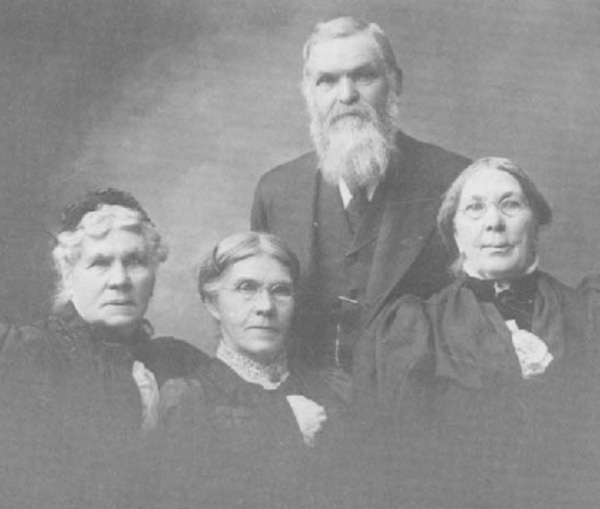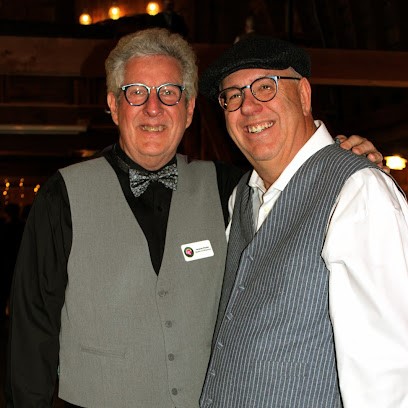
New orthobiologics program finds its footing.
For the past 10 years, surgeons and practitioners across TRIA Orthopedics have explored the promising new field of orthobiologics, a treatment derived from patient’s own cells being injected into an affected area with the goal of restoring function and delaying or avoiding surgery. Now, TRIA has launched a new orthobiologics program that brings together individual practitioners within this research-driven healthcare organization.
When orthopedic trauma surgeon Brian Cunningham, M.D., vice chair and director of inpatient orthopedics, joined TRIA, he already knew a number of people involved in studying the potential of orthobiologic treatments. What pushed him to get involved was his frustration with predatory clinics promising patients incredible outcomes in poorly controlled clinical settings.
“I thought to myself, ‘My gosh, we have so many smart people at TRIA; we have a tremendous culture and investment around innovation and research; this is the perfect place to get this going,’” Cunningham says.
A friend and colleague, Brian Walters, M.D., had been independently using and researching the effects of orthobiologic treatments at TRIA Maple Grove, and Cunningham says he took inspiration from Walters’ approach. “He was doing it in a really safe, controlled, transparent way,” Cunningham says.
What came next was marrying the expertise of providers like Walters with the infrastructure and data-driven approach to research at TRIA. “I pitched to senior leadership at HealthPartners, ‘Look, this is an emerging field. We don’t know exactly how it works, but instead of letting everybody else sort this out and our patients go elsewhere, let’s try to be leaders in the field and put together the program,’” says Cunningham.
Two basic premises of the roughly year-old program are transparency and data collection. In a new field like orthobiologics, healthcare providers are still learning about the treatments.
Currently, candidates for orthobiologic treatment include those experiencing overuse injuries, strains and sprains that are taking longer to heal, and plantar fasciitis. Of special interest to Cunningham are patients experiencing early arthritis symptoms.
“One of the big breakthroughs that we’re looking to make is what is the optimal biologic treatment for arthritis,” Cunningham says. “We think that orthobiologics can really be an exciting, very minimally invasive option to at least modify the disease process.”
To explain what the treatment process for orthobiologics entails, Cunningham summarizes the process to patients as using your body’s own machinery to fix itself. “The biology of a human being is way better than anything we’ve ever invented,” he says. “It’s better than any drug, any procedure, any surgery. And if we can harness and redirect the power of that toward a specific goal, that really is what orthobiologics is to me.”
As the program is currently set up, patients learn about the program through referral and go through a consultation period. If the treatment is a good fit, the patient will come in for a second appointment and the injection.
“There’s almost no downtime, which is also super exciting,” Cunningham says. “There’s no surgery, there’s no scarring … There’s very limited [physical therapy] rehab. It’s the beauty of human biology. If we can get it to work for us, it’s going to be amazing.”





















